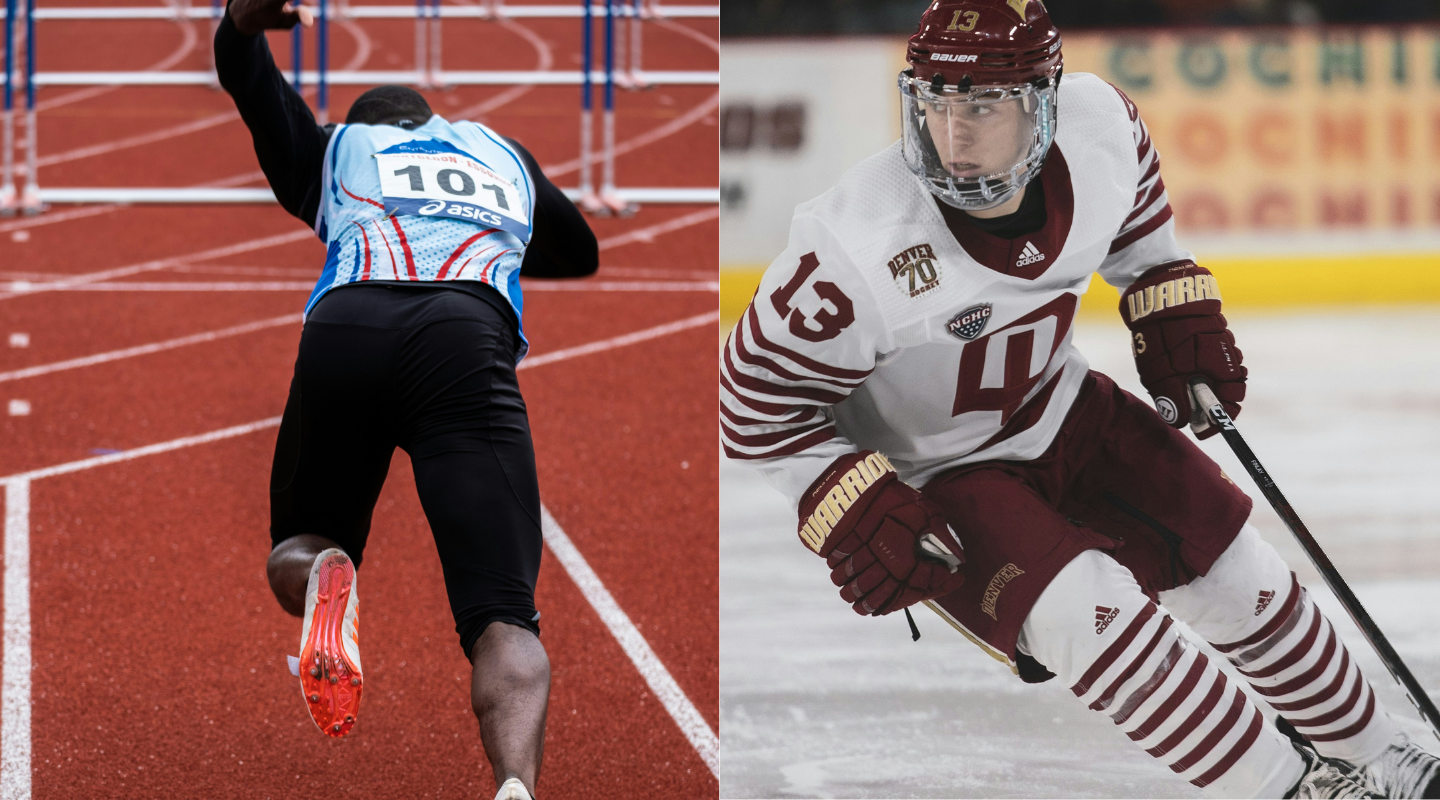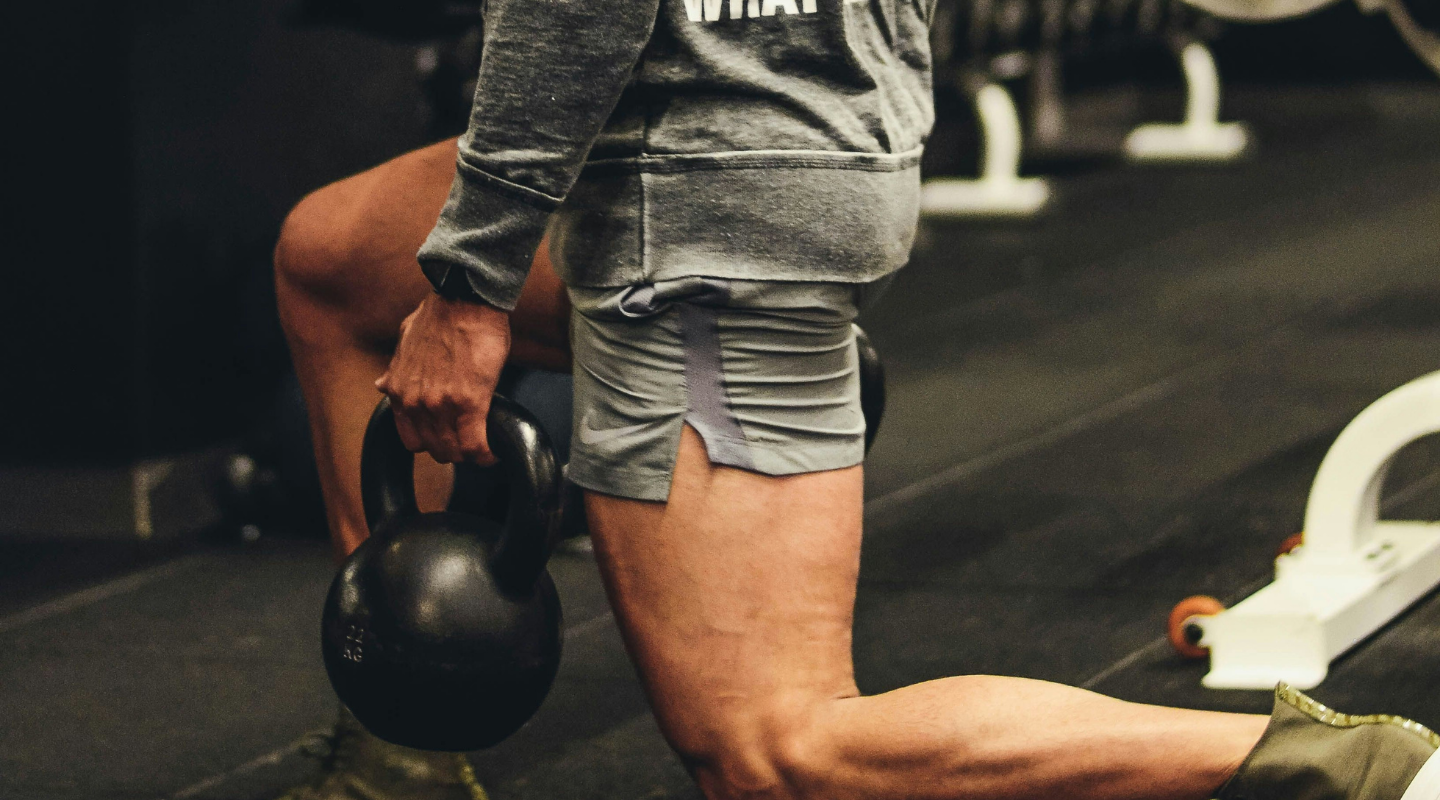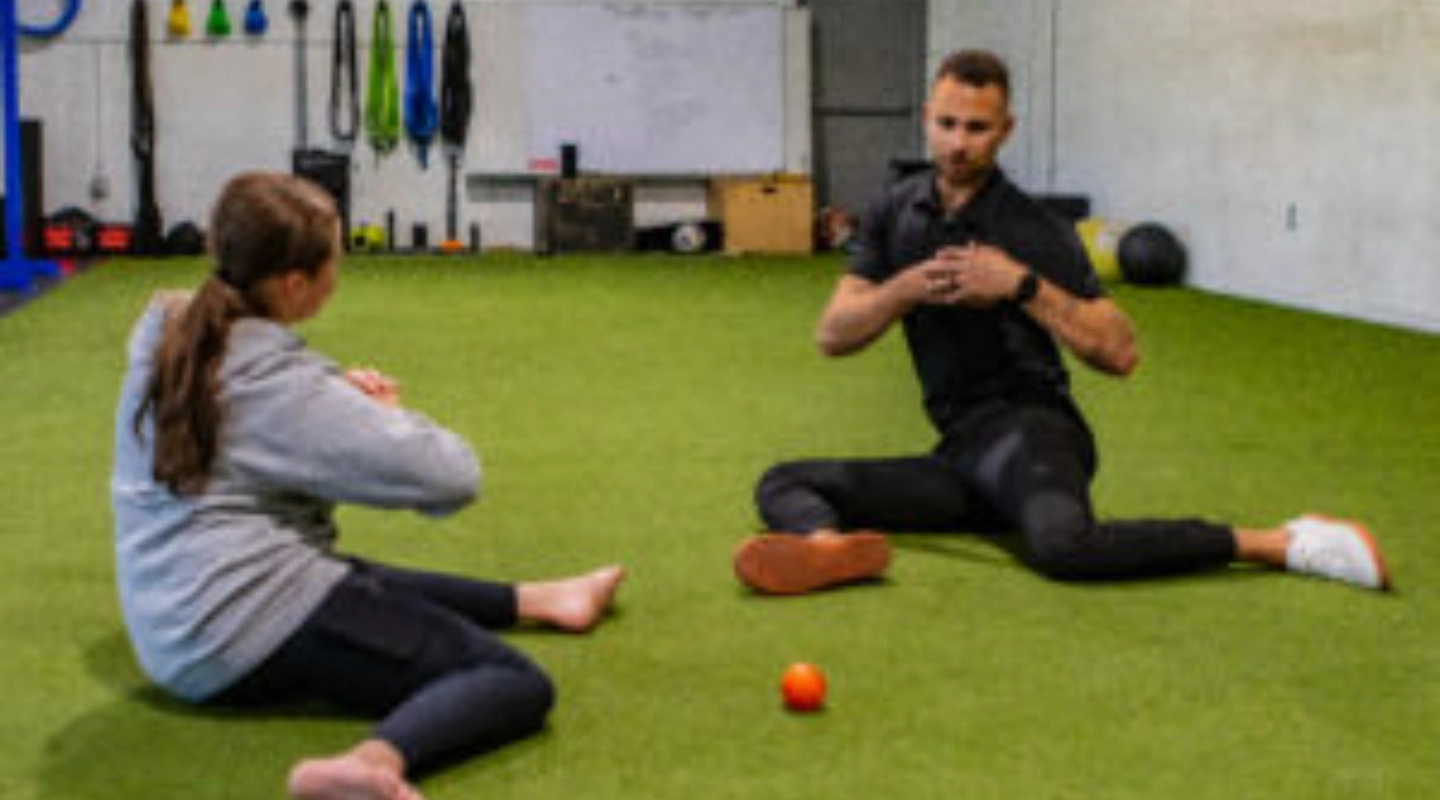
Hockey Players, Stop Running Like You Skate
Hockey Players, Stop Running Like You Skate
If you’re a hockey player who runs like you skate, you’re not alone.
And you’re not moving efficiently either.
A lot of hockey athletes—especially those who’ve never run track—tend to carry their skating mechanics into their sprinting. You’ll see short, choppy strides, externally rotated hips, poor arm action, and postures that mimic skating rather than sprinting.
That’s a problem.
Because sprinting is a skill, and when it’s done poorly, it not only limits your off-ice speed development…
It increases your injury risk.
Hockey Players Run Differently (and Not in a Good Way)
Research shows that the movement patterns of skating are neurologically and biomechanically distinct from sprinting. They don’t automatically transfer over—so hockey players who never learn how to sprint properly often reinforce poor mechanics off the ice.
This often includes:
- Limited hip extension (due to years of skating in a flexed posture)
- Tight or overused adductors and hip flexors
- Collapsed upper body posture and low arm carriage
- Toe-out running (externally rotated feet from skating habits)
When you layer these inefficiencies over high-speed sprinting, it’s a setup for issues like:
- Hamstring strains
- Groin pulls
- Low back tightness
- Reduced transfer from off-ice speed training to actual performance
What the Research Says
✅ Good sprint technique leads to greater training adaptations.
Athletes with better initial sprint mechanics see better transfer to performance in acceleration, force production, and coordination.¹
✅ Sprint-specific posture matters.
Excessive forward lean or poor shin angles (both common in hockey players) are associated with poor force direction and higher injury rates.²
✅ Running mechanics can be retrained.
Coaching cues and sprint-specific drills (e.g. wall drills, A-march, wicket runs) help reduce compensations and improve neuromuscular coordination.³
Key Sprint Mechanics Hockey Players Should Focus On
- Posture: Tall spine, slight forward lean from the ankles, not the hips
- Arm action: Drive elbows back, keep shoulders relaxed, avoid crossing midline
- Shin angle: At push-off, shin should match torso lean to produce forward force
- Foot strike: Land under the hips, not in front—promotes better propulsion
- Hip extension: Actively drive through the ground with full glute involvement
You can’t afford to run like a hockey player.
Practical Takeaway
If you’re programming sprint work this offseason or in your dryland sessions:
- Start with mechanics, not speed
- Warm-up with posture drills and activation (glutes, hip flexors, trunk)
- Use resisted sprints or sled pushes to teach drive phase posture
- Film and correct form just like you would with skating video
Running well is a teachable skill—and when you get it right, the results carry onto the ice.
Bottom Line
Skating and sprinting are not the same.
If you want to be faster, healthier, and more efficient off the ice, you need to stop running like a hockey player and start sprinting like an athlete.
Coach Ben and I released our new HIGH-PERFORMANCE HOCKEY PROGRAM for In-Season. You can follow it on your own.
We also priced it at $49/month with unlimited access to us so every athlete can follow it!
Get the program here: Join Now
Dr. Jamie
References
- Young WB, et al. “Training for speed and agility: An evidence-based approach.” Strength & Conditioning Journal. 2001;23(1):29–35.
- Morin JB, et al. “Sprint mechanics and field-based sprint performance.” Sports Med. 2012;42(10):825–838.
- Mendiguchia J, et al. “Sprint mechanics and hamstring injury risk: An evidence-based approach to effective rehabilitation and prevention.” J Sport Rehabil. 2020;29(2):205–215.
.png)




